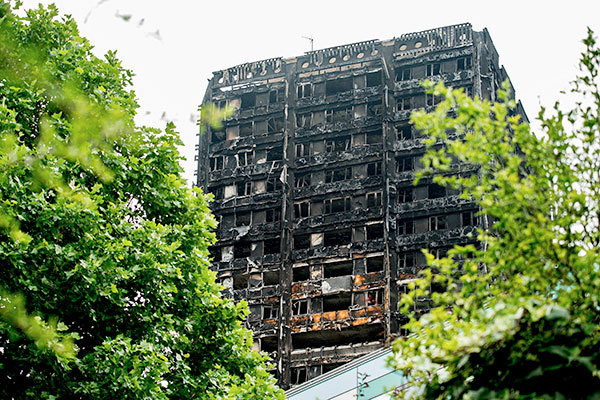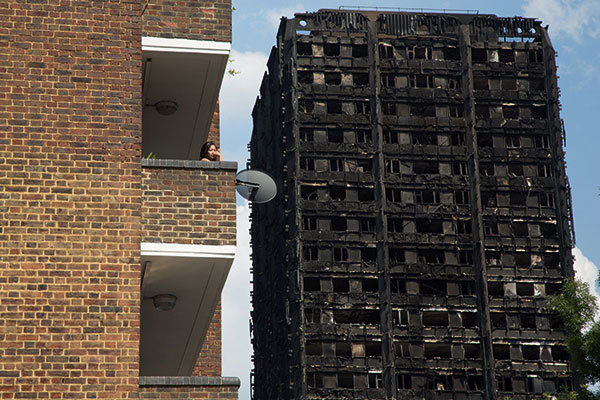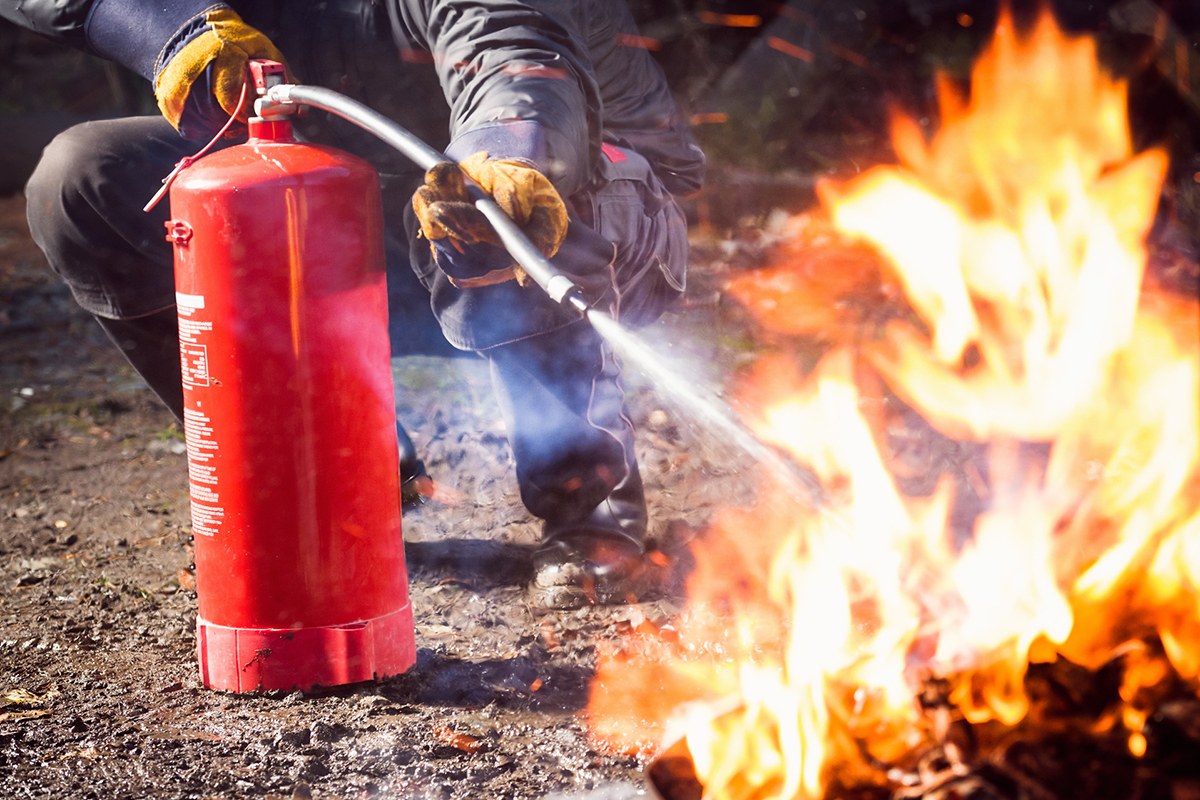Safety test on Grenfell insulation inaccurately described, says manufacturer
A safety test for an insulation product used on Grenfell Tower was inaccurately described when the product was marketed, the manufacturer has revealed.
Celotex RS5000 insulation, made from polyisocyanurate (PIR), was used on Grenfell as part of the cladding and insulation system on the outside of the building.
Celotex has said this product passed official safety tests before being marketed for use on high rises in 2014.
But in a statement posted online yesterday the insulation company said there were “differences between the system as tested… and the description of that system in the report of the test”.
“These differences were carried through into our marketing of RS5000,” it added.
At least 71 people died when flames ripped through Grenfell Tower in June last year. Police later said tests on the insulation material showed it “combusted soon after the tests started”.
Celotex suspended supply of the product shortly after the fire, a suspension which remains in place.
The statement posted online yesterday did not explain what the differences between the test and its description were, or whether these were relevant to fire safety.
It said: “Our priority is to establish whether there are any safety issues arising from these differences. We have notified the relevant bodies and are taking steps to speak with our customers. We are arranging further testing which will assist in clarifying the issue.
“It is a matter of real regret for us that this issue has arisen: we fully recognise its potential seriousness and that it will give rise to concern. We are working hard to arrange the further testing as quickly as possible and we will make a further announcement once the results of that testing are available.”
According to Approved Document B, the government’s official guidance on building regulations, insulation products must either be of “limited combustibility” or pass a fire test before they are cleared for use on high rises.
This testing process is potentially a route for cheaper, more combustible materials to be legally cleared for use if the system they are part of resists the spread of fire under laboratory conditions. This process is known as a British Standard (BS) 8414 test.
The Celotex product RS5000 was launched in 2014 for use in cladding systems on buildings higher than 18 metres. Celotex said it had commissioned a BS 8414 test in advance of the product being launched.
However, in yesterday’s statement it admitted it had “only recently determined” differences between the system tested and the “description of that system in the report of the test”.
Following the fire, the government tested PIR insulation in combination with aluminium composite material cladding with a polyethylene core, which was also used on Grenfell.
This test showed that flames quickly ripped through the system. As a result, the government told building owners to “seek professional advice” if this combination of materials was on tower blocks they own.
Yesterday, rival insulation company Rockwool criticised the testing process saying the thermometers were placed next to fire barriers, potentially protecting them from the spread of the heat.
Never Again campaign
Inside Housing has launched a campaign to improve fire safety following the Grenfell Tower fire
Never Again: campaign asks
Inside Housing is calling for immediate action to implement the learning from the Lakanal House fire, and a commitment to act – without delay – on learning from the Grenfell Tower tragedy as it becomes available.
LANDLORDS
- Take immediate action to check cladding and external panels on tower blocks and take prompt, appropriate action to remedy any problems
- Update risk assessments using an appropriate, qualified expert.
- Commit to renewing assessments annually and after major repair or cladding work is carried out
- Review and update evacuation policies and ‘stay put’ advice in light of risk assessments, and communicate clearly to residents
GOVERNMENT
- Provide urgent advice on the installation and upkeep of external insulation
- Update and clarify building regulations immediately – with a commitment to update if additional learning emerges at a later date from the Grenfell inquiry
- Fund the retrofitting of sprinkler systems in all tower blocks across the UK (except where there are specific structural reasons not to do so)
We will submit evidence from our research to the Grenfell public inquiry.
The inquiry should look at why opportunities to implement learning that could have prevented the fire were missed, in order to ensure similar opportunities are acted on in the future.













